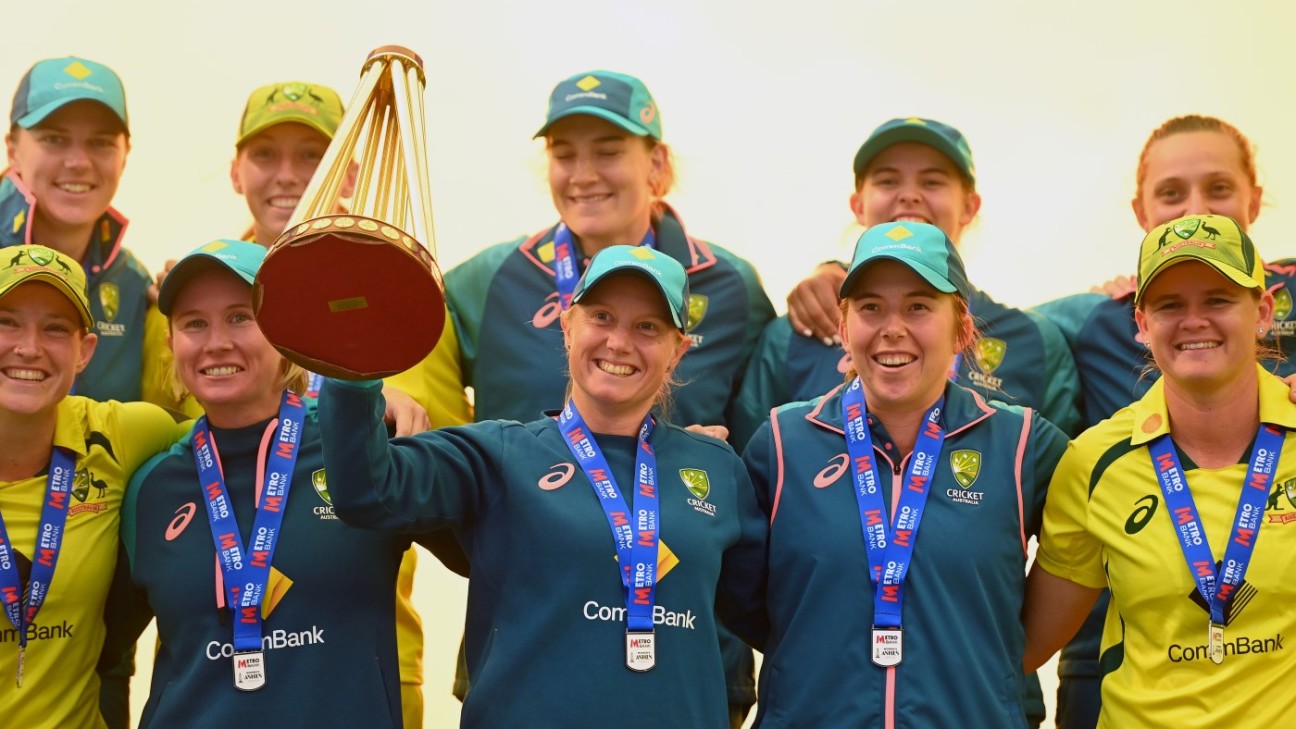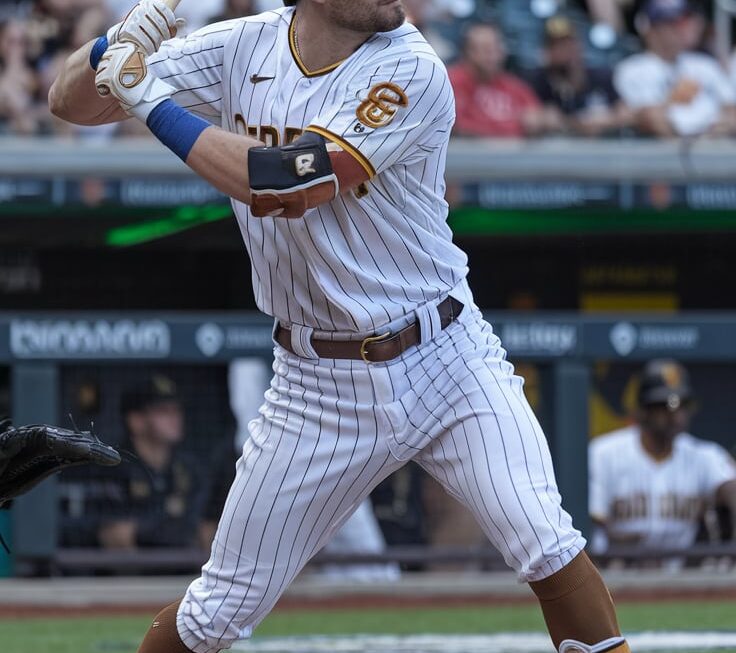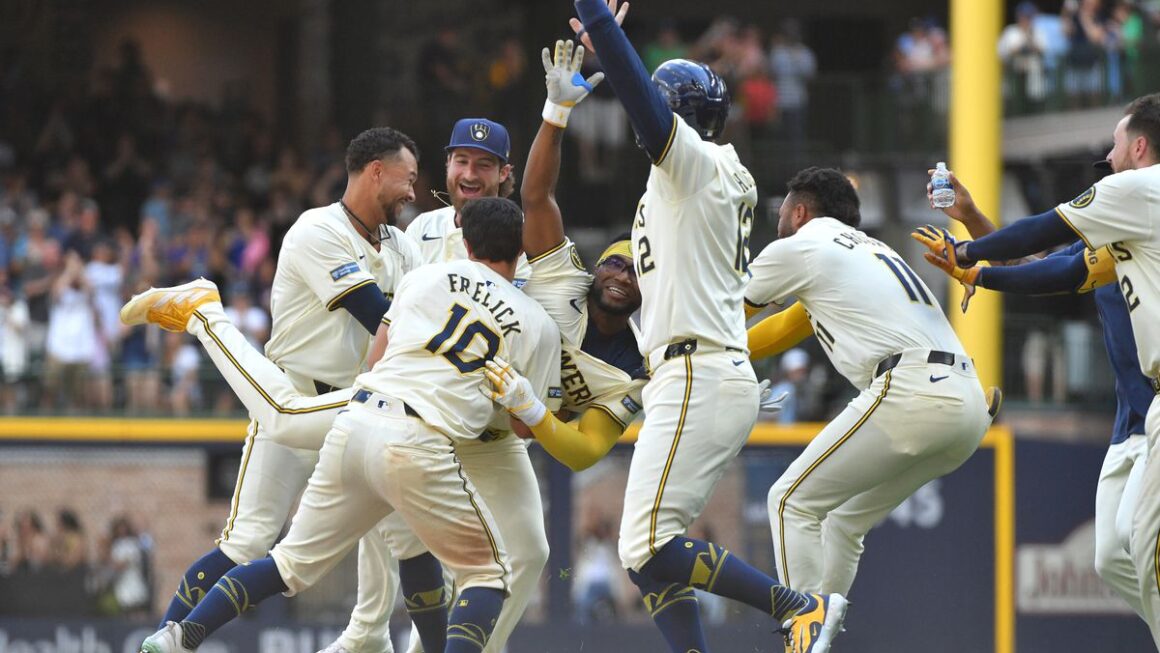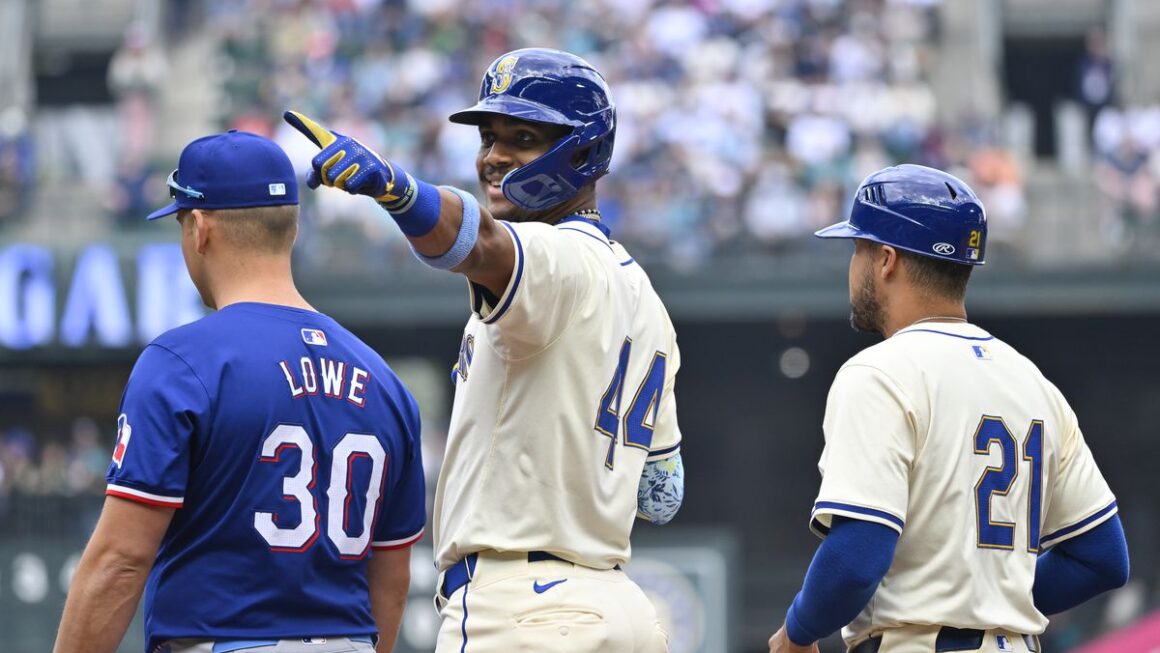The rivalry between the India national cricket team and the West Indies cricket team is one of the most captivating stories in the history of cricket. For decades, these two teams have competed fiercely across different formats, creating unforgettable moments and thrilling matches that have left an indelible mark on international cricket. From early encounters marked by the dominance of the West Indies to India’s rise as a world cricketing powerhouse, this rivalry has evolved into one of respect, camaraderie, and fierce competition. Let’s take a look at how this iconic cricketing timeline has developed.
1. Early Encounters: The Beginning of the Rivalry
The rivalry between India and West Indies began in 1948 when the two teams first faced off in a Test series. At the time, the West Indies were emerging as a powerful force in world cricket, with a formidable lineup of players who would go on to dominate the sport. In the early years, India struggled against the pace and skill of West Indian players. Between the 1950s and 1970s, the West Indies, led by legends like Sir Gary Sobers, consistently outperformed India, particularly in Test matches.
During this period, the West Indies team was renowned for its aggressive pace attack, which made it challenging for Indian batsmen to cope. The early encounters were largely dominated by West Indies, but these matches laid the foundation for a rivalry that would only grow in intensity as the years passed. Sunil Gavaskar’s arrival in the 1970s marked the beginning of a more balanced contest, as India slowly began to find its feet against the Caribbean giants.
2. 1980s: A New Era for Indian Cricket
The 1980s marked a turning point in the India vs West Indies rivalry. One of the most defining moments in this era was India’s historic victory in the 1983 Cricket World Cup. Before this victory, West Indies were the undisputed champions of world cricket, having won the first two editions of the World Cup in 1975 and 1979. However, in the 1983 final, India pulled off one of the biggest upsets in cricket history by defeating the West Indies, signaling a new dawn for Indian cricket.
Under the leadership of Kapil Dev, India transformed into a team that could compete at the highest levels. The win over the West Indies in the World Cup final was a monumental achievement and is often credited with sparking the cricketing revolution in India. It was a defining moment that not only solidified India’s status as a rising cricketing nation but also intensified the rivalry with the West Indies.
This period also saw several fierce Test series between the two teams. While West Indies continued to dominate in the longer format, India’s growing confidence and resilience led to more competitive matches, particularly in the ODI format. Iconic players from this era, such as Viv Richards and Kapil Dev, became symbols of this intense rivalry.
3. 2000s: A Shift in Dominance
The new millennium brought about a significant shift in the balance of power between India and West Indies. While West Indies had been a dominant force throughout the 1970s and 1980s, the 2000s saw a decline in their performances, coinciding with the rise of India as a cricketing powerhouse. During this time, India’s national team began to establish itself as one of the top teams in the world, consistently producing remarkable performances across all formats.
Notable players like Sachin Tendulkar, Rahul Dravid, and Virender Sehwag led the Indian charge during this period, contributing to memorable victories over the West Indies in both Test and ODI series. On the other hand, West Indies, despite boasting individual talents like Brian Lara and Shivnarine Chanderpaul, struggled to maintain the same level of dominance they had once enjoyed.
India’s consistent success against West Indies in this decade further solidified the shift in dominance. India began to outperform West Indies not only at home but also in away tours. The decline of West Indian cricket was evident as India continued to register emphatic wins, further fueling the rivalry but with a different narrative.
4. Recent Clashes: T20 and ODI Rivalry
In the 2010s and beyond, the India vs West Indies rivalry took on a new dimension, particularly in the T20 and ODI formats. The rise of T20 cricket, with the advent of the Indian Premier League (IPL) and the growth of the ICC T20 World Cup, brought a fresh energy to the rivalry. Players like Chris Gayle and Kieron Pollard from West Indies became household names in India, largely due to their participation in the IPL.
India and West Indies have faced off in several important T20 and ODI matches, many of which have been thrilling, high-scoring encounters. While India has continued to dominate in terms of overall results, West Indies’ unpredictability in the shorter formats has kept the rivalry exciting. In particular, West Indies’ victory over India in the 2016 ICC T20 World Cup semifinal stands out as one of the most thrilling contests in recent history.
In addition to T20, the ODI rivalry has remained competitive, with both teams producing standout performances. Modern-day players like Virat Kohli, Rohit Sharma, Chris Gayle, and Jason Holder have continued to shape the narrative of this evolving rivalry.
5. Head-to-Head Statistics and Record-Breaking Performances
When it comes to head-to-head statistics, the India vs West Indies rivalry offers a wealth of data across all formats. In Test cricket, West Indies initially held a commanding lead over India, but the tables have turned in recent decades, with India dominating both home and away series. In ODIs, India has an edge, particularly since the 2000s, thanks to a string of consistent victories.
Some memorable individual performances in this rivalry include Brian Lara’s 400* in Test cricket and Sachin Tendulkar’s countless match-winning knocks against West Indies. These individual feats have added to the legacy of this storied rivalry, making it a source of inspiration for generations of cricketers and fans alike.
Conclusion
The India vs West Indies cricket rivalry has evolved from one of early Caribbean dominance to a more balanced, fiercely competitive contest. As both teams have undergone transitions and changes, the rivalry has adapted to new formats and challenges. Today, the India-West Indies rivalry is celebrated not only for its history but also for the exciting future it promises. Whether it’s the traditional Test matches or the high-octane T20 clashes, this cricketing rivalry continues to captivate fans around the world.




